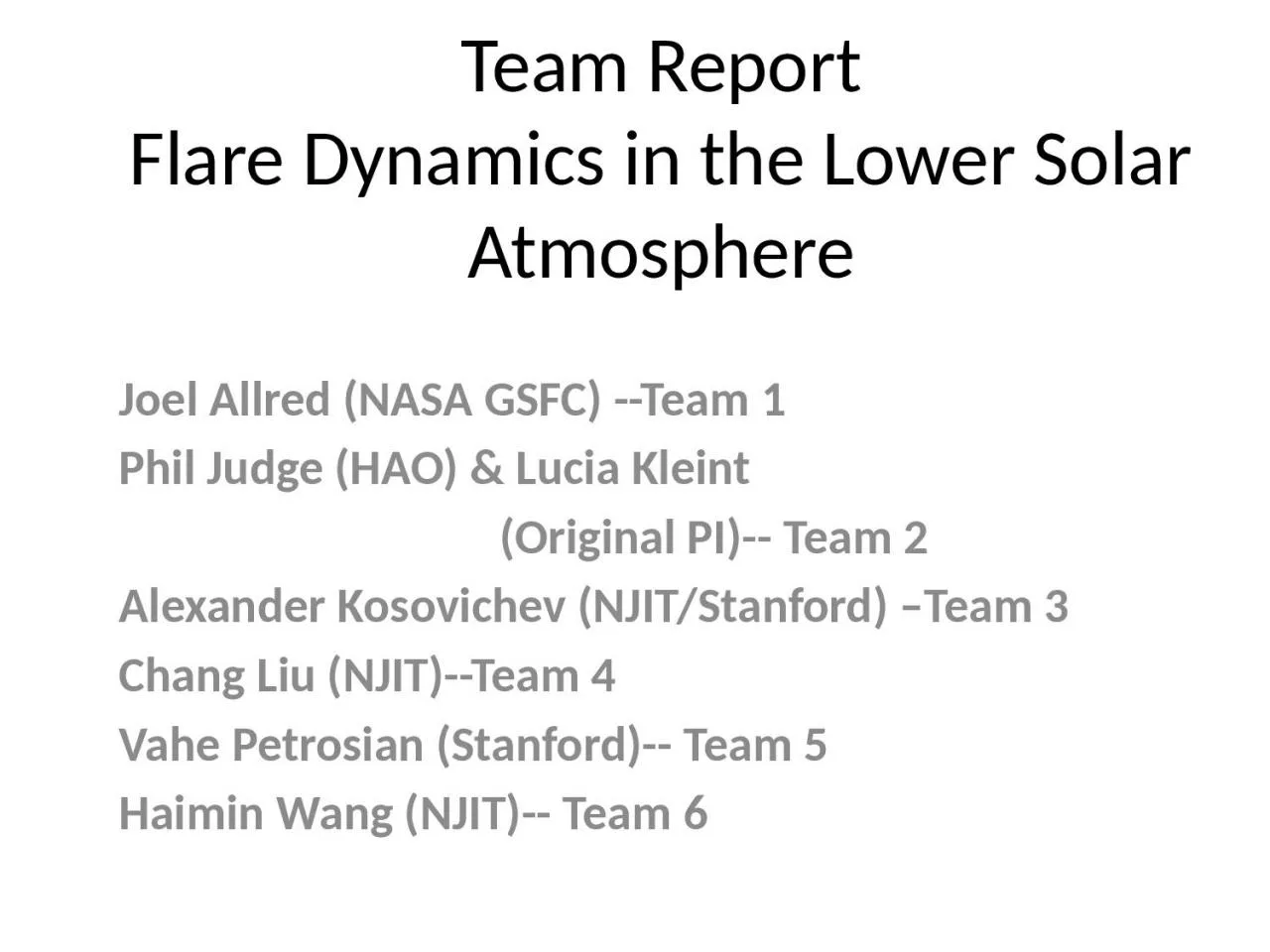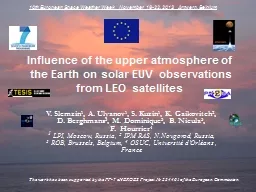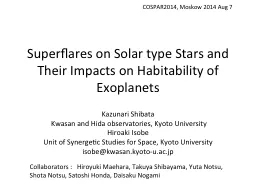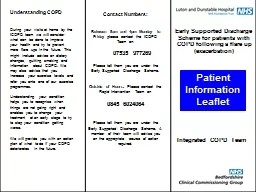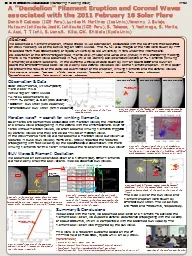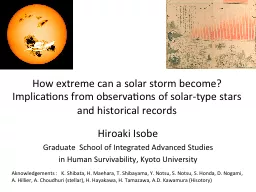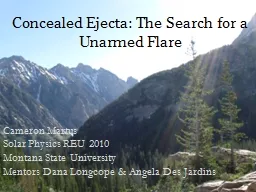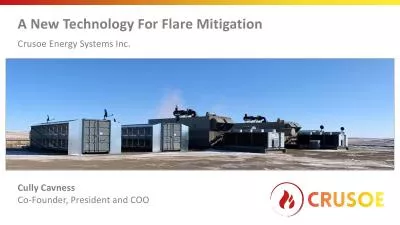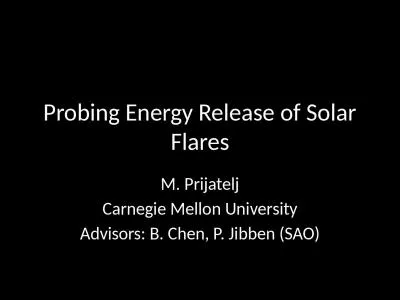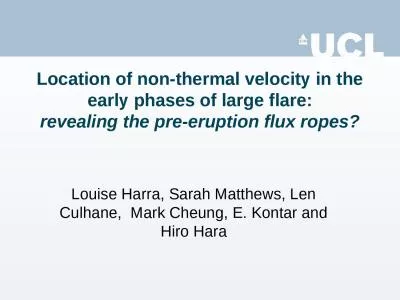PPT-Team Report Flare Dynamics in the Lower Solar Atmosphere
Author : wilson | Published Date : 2022-06-14
Joel Allred NASA GSFC Team 1 Phil Judge HAO amp Lucia Kleint Original PI Team 2 Alexander Kosovichev NJITStanford Team 3 Chang Liu NJITTeam 4
Presentation Embed Code
Download Presentation
Download Presentation The PPT/PDF document "Team Report Flare Dynamics in the Lower ..." is the property of its rightful owner. Permission is granted to download and print the materials on this website for personal, non-commercial use only, and to display it on your personal computer provided you do not modify the materials and that you retain all copyright notices contained in the materials. By downloading content from our website, you accept the terms of this agreement.
Team Report Flare Dynamics in the Lower Solar Atmosphere: Transcript
Download Rules Of Document
"Team Report Flare Dynamics in the Lower Solar Atmosphere"The content belongs to its owner. You may download and print it for personal use, without modification, and keep all copyright notices. By downloading, you agree to these terms.
Related Documents

